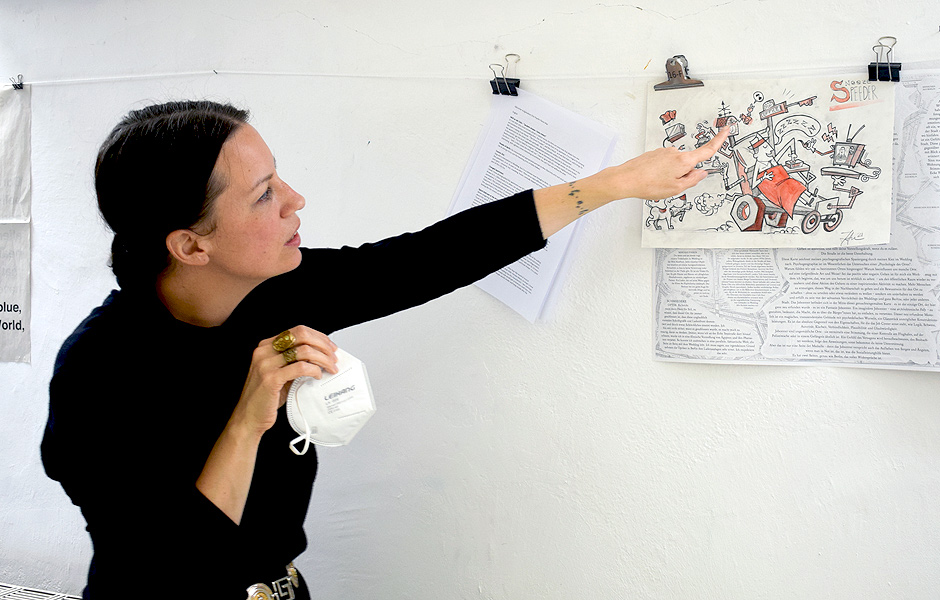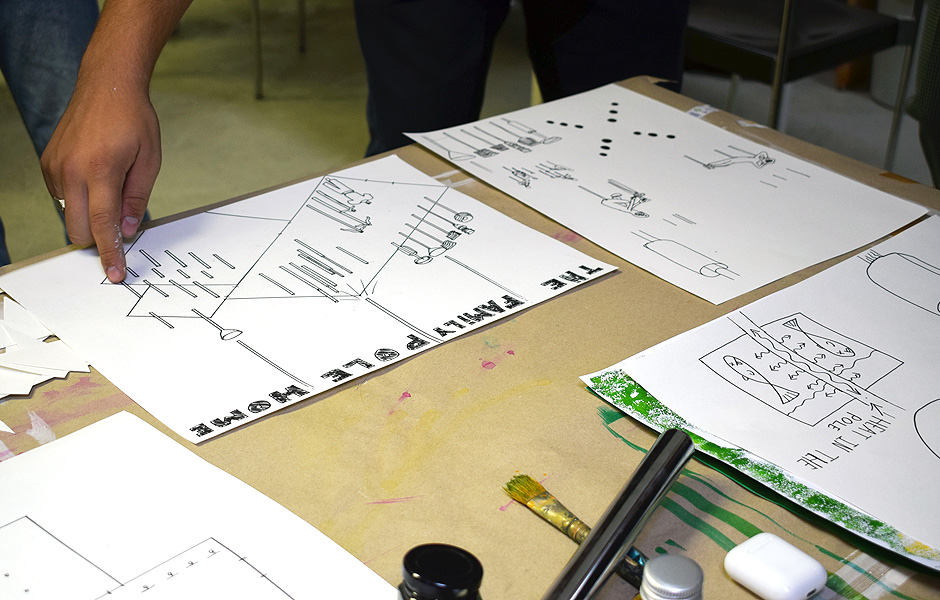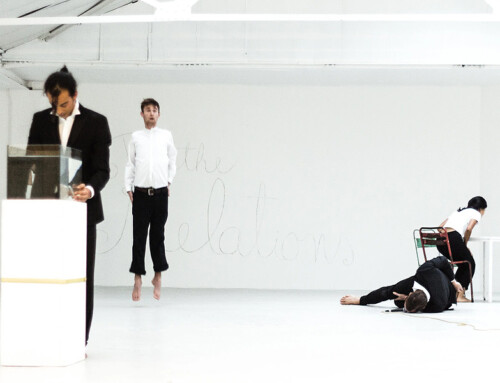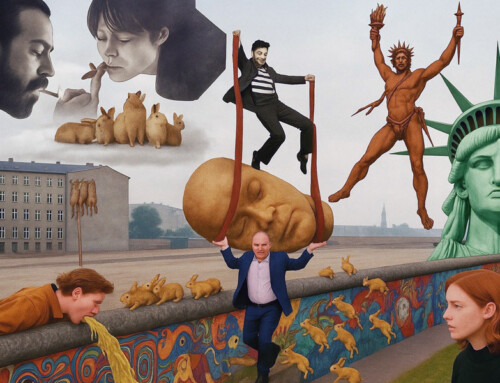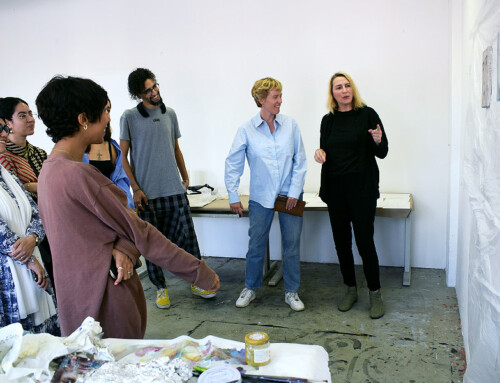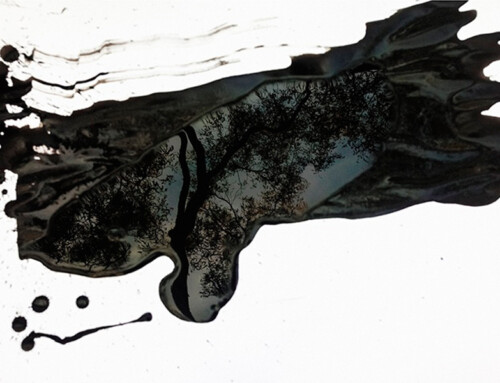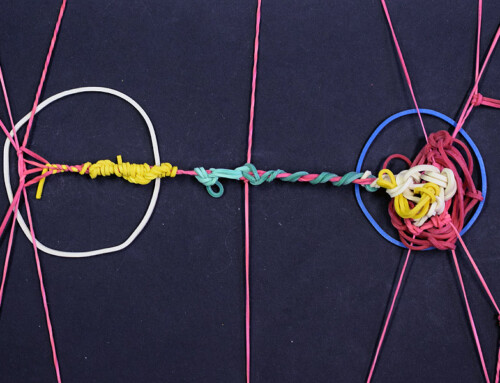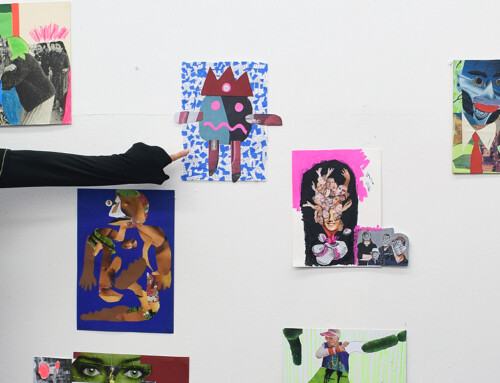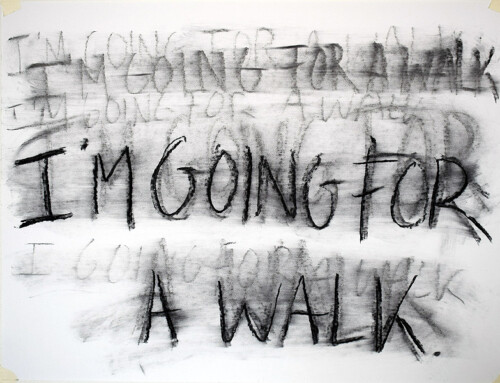Workshop EXPERIMENTAL DRAWING: Total environment: The Artist and the Interior: Experimental Plan drawing by Emily Hunt
General Course Description
The course will begin with a short introduction into the history of artists creating dream spaces, that is, interiors entirely constructed by artists. We will cover the work of William Morris, The Omega Workshop and Studio Alchimia. Studio Alchimia was an interdisciplinary and multiform group whose activities included seminars, production of experimental video, clothing design, theatrical set design, product design, decorative arts, performance art, and architecture. We will discuss this practice of creating a total environment. Thinking over ideas such as, if you could create your own salt shaker, what would it look like? Or your own wallpaper. The exercises will begin by rifting-off found craft pieces as a source for drawing. Working in A2 size, we will be using these spontaneous drawing exercises to create a collaborative cut-out wallpaper piece.
When thinking of interiors or architecture, we can turn our attention to the plan drawings. These drawings contain flatten perspective to describe a three-dimensional space, thus it is similar to a puzzle. Scale models and drawings can speak of a different kind of potential, allowing the ability to dream up impossible structures. We will begin the second exercise of creating a personal aesthetic interior space drawing. We will be thinking of experimental, abstract ways to describe space through drawing.
On the second day, taking off where left off, the presentation will begin by talking about concept of the gesamtkunstwerk. We will discuss examples of this utopian concept through the work of Niki de Saint Phalle’s Tarot garden and the contemporary interiors of Henrike Naumann, and Lucy McKenzie. We will also look at the radical furniture of Carlo Bugatti and Misha Kahn, discussing appropriation and the incorporation of found objects into artworks. Also we will cover the commercialisation of David Shrigley’s drawings over many different forms of objects.
We will then discuss the importance of artist studios as total environments, and places of resistance. I will cover shortly the subject of how to build and protect your studio time. The plan drawing from the previous day will be finalised in class, and discussed. The third exercise will focus on the material of copper. You will be given a small square of copper sheeting. This material can be embossed, filigree, painted on, moulded etc, with the concept of the interior or applied art in mind.
Duration: The dates will be published soon.
Hours: Each day from 10 AM – 12:30 PM
Seats: Max. 20 | Language: English
Fees: The participation fee is €90 per person including material (without accommodation).
The fee is VAT-exempt by the Governing Mayor of Berlin – Senate Chancellery Higher Education and Research pursuant to Paragraph 4 No. (21) (a)(bb) UStG (German Value Added Tax Act).
Learning outcomes
Participants will gain a comprehensive understanding of artist-created environments in both public and museum spaces. Through hands-on exercises, they will develop skills in plan drawing, experimentation, and playing with scale. Additionally, they will learn to use their imagination as a tool for creating immersive and engaging environments. These skills will be valuable tools in their ongoing artistic practices.
Your Workshop Instructor
Emily Hunt (born Sydney, 1981) creates ornamental, figurative ceramics. Her history as a rare-book dealer has informed her encyclopedic approach to her art-making, taking influences from the history of ornament, visionary art, big-ego personalities and scholarly magical texts. She creates world-building installations that reflect automatism in ceramic forms. Her work articulates the concept of the collapse of a macro & micro world view, and walking as a magical tool. From 2017 to 2018, she created large new body of ceramics and etchings for exhibition in Second Sight: Witchcraft, Ritual, Power at UQ Art Museum (AU). Her etchings were installed on alongside Hans Baldung Grien and Albrecht Dürer. The invitation to create work for an exhibition about witchcraft was a turning point in her research and Hunt started to delve into the earliest representations of women as witches. The result has been her on-going fascination into the history of western esotericism, magick and the occult in print history.
More information on the Emily Hunt Website and on Instagram.
